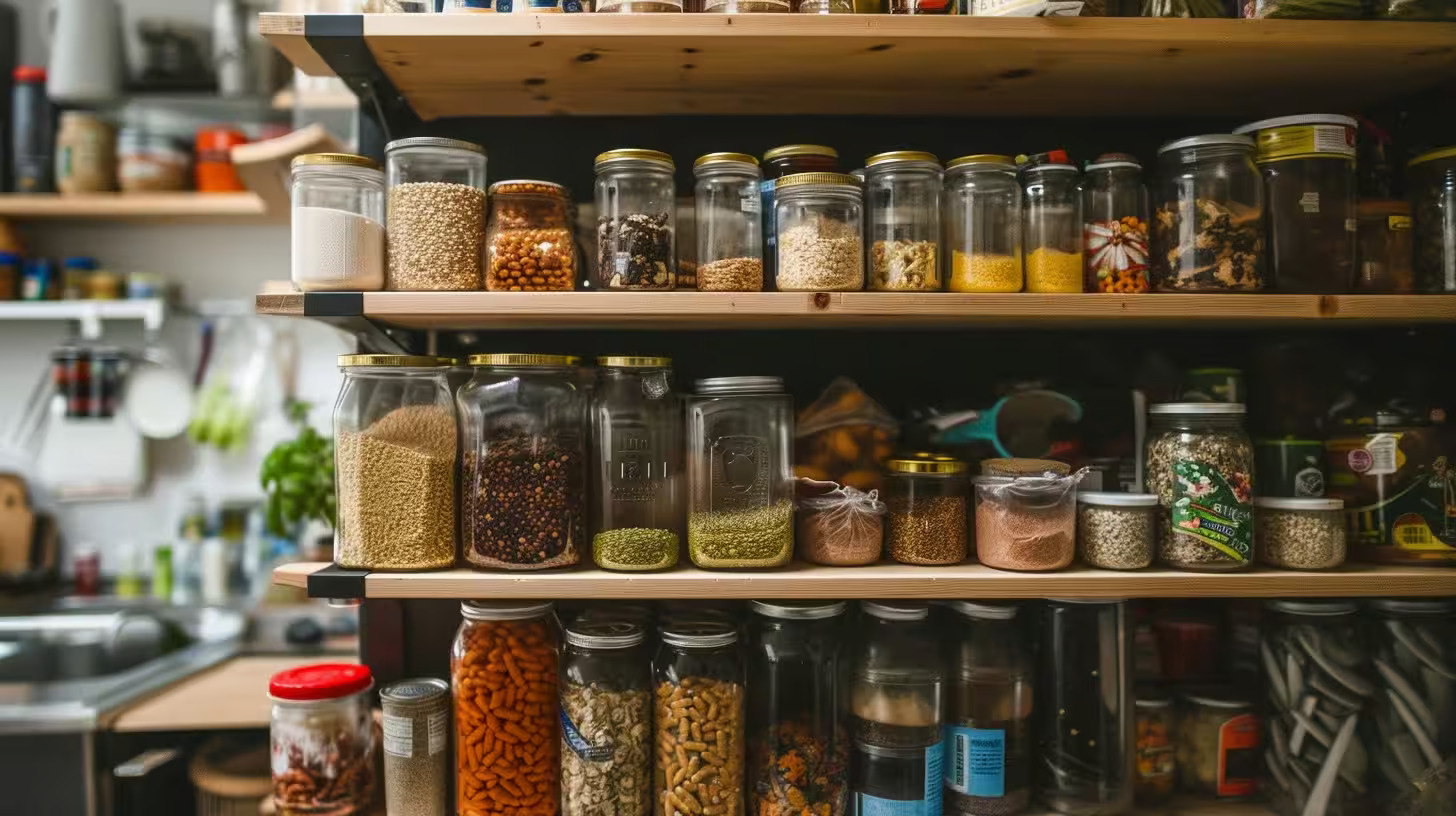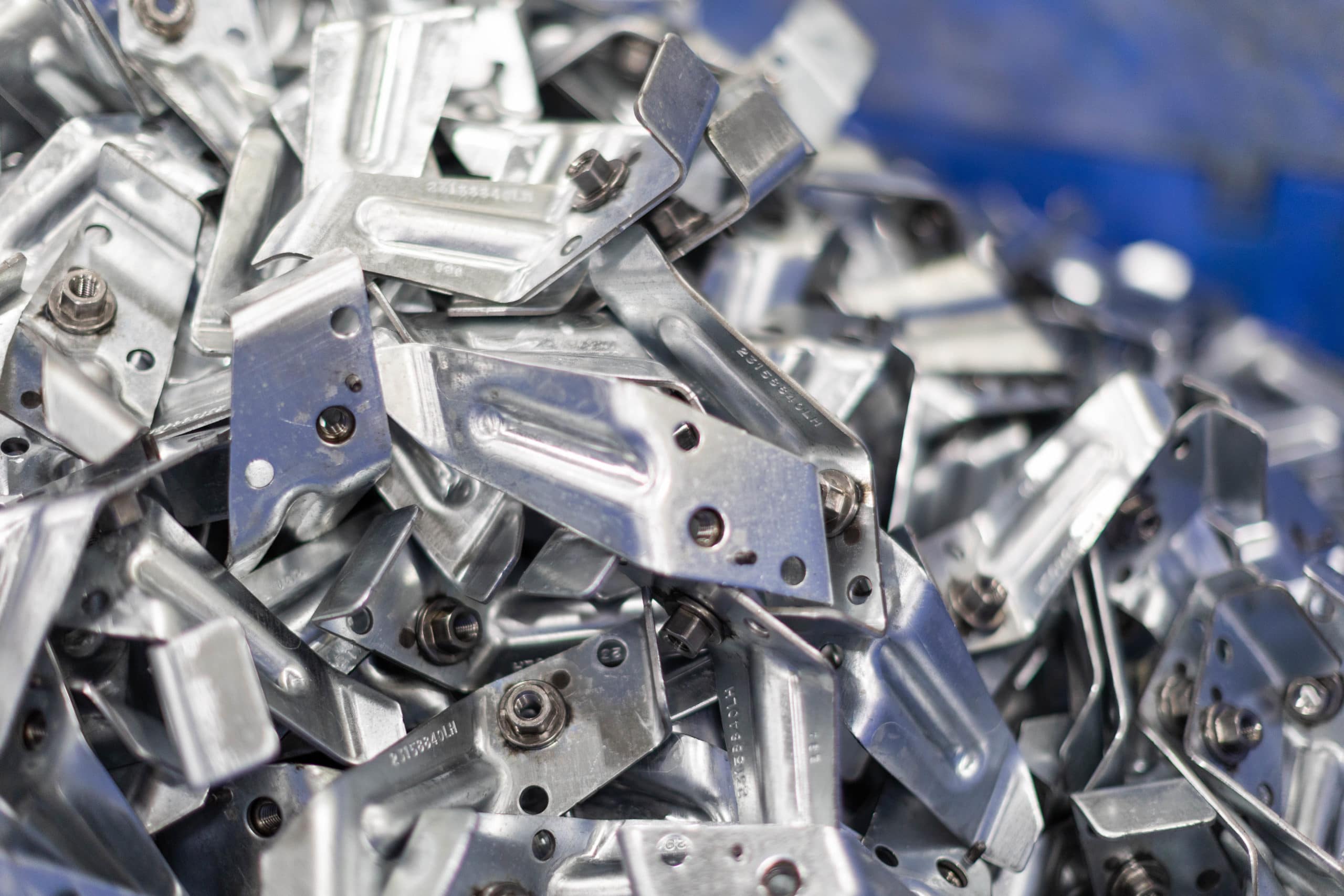
Ever wondered how some foods seem to last forever? From honey found in ancient tombs to canned goods that survive decades, certain items defy time. Why do some foods have such a long shelf life? It's all about how they're processed, stored, and sometimes even their natural properties. Understanding these factors can help you stock your pantry more wisely, reduce waste, and save money. In this post, we'll explore 27 fascinating facts about foods with impressive longevity. Whether you're prepping for emergencies or just curious, these insights will change how you think about your groceries. Ready to dive in? Let's get started!
Key Takeaways:
- Shelf life is how long a product stays good, while expiration dates are when it's best to eat. Preservatives, storage, and packaging all affect how long food lasts.
- Some foods and non-food items can last a really long time if stored properly. Factors like temperature, humidity, and sealing affect how long things stay good.
What is Shelf Life?
Shelf life refers to the length of time a product remains usable, fit for consumption, or saleable. Understanding shelf life is crucial for food safety, reducing waste, and saving money.
- Shelf life is the period during which a product can be stored without becoming unfit for use or consumption.
- Expiration dates are not the same as shelf life. Expiration dates indicate the last date a product should be consumed, while shelf life is about maintaining quality.
- Preservatives play a significant role in extending the shelf life of many products, especially food items.
- Storage conditions such as temperature, humidity, and light exposure can greatly affect the shelf life of products.
- Packaging innovations like vacuum sealing and modified atmosphere packaging help extend the shelf life of perishable items.
Foods with Long Shelf Life
Certain foods are known for their impressive shelf life, making them staples in emergency kits and long-term storage.
- Honey never spoils. Archaeologists have found pots of honey in ancient Egyptian tombs that are over 3,000 years old and still edible.
- White rice can last up to 30 years if stored properly in airtight containers.
- Dried beans maintain their nutritional value for up to 30 years when stored in a cool, dry place.
- Salt is a mineral and does not spoil. It can last indefinitely.
- Sugar also has an indefinite shelf life if kept free from moisture and contaminants.
- Powdered milk can last up to 20 years when stored in a cool, dark place.
- Canned goods like vegetables, fruits, and meats can last for several years, often beyond their "best by" dates.
Non-Food Items with Long Shelf Life
Not just food, but many non-food items also boast long shelf lives, making them essential for preparedness.
- Batteries can last up to 10 years if stored properly.
- Bleach has a shelf life of about six months to a year, but it can still be effective for cleaning and disinfecting for longer.
- Toilet paper doesn’t spoil and can be stored for years.
- Soap bars can last for years if kept dry.
- Alcohol like vodka and whiskey can last indefinitely if stored in a cool, dark place.
- Vinegar has an indefinite shelf life and can be used for cooking, cleaning, and preserving food.
Factors Affecting Shelf Life
Several factors influence how long a product can last. Understanding these can help in extending the shelf life of various items.
- Temperature: Higher temperatures can accelerate spoilage, while cooler temperatures can extend shelf life.
- Humidity: Moisture can lead to mold and spoilage, so keeping items dry is crucial.
- Light: Exposure to light can degrade certain products, especially oils and vitamins.
- Oxygen: Oxygen can cause oxidation, leading to spoilage. Vacuum sealing can help mitigate this.
- Contamination: Keeping products free from contaminants like bacteria and pests is essential for maintaining shelf life.
Tips for Extending Shelf Life
Simple practices can help you get the most out of your stored items.
- Rotate stock: Use the oldest items first to ensure nothing goes to waste.
- Proper sealing: Use airtight containers to keep out moisture and contaminants.
- Cool, dark storage: Store items in a cool, dark place to extend their shelf life.
- Regular checks: Periodically check stored items for signs of spoilage or damage.
The Final Scoop on Long Shelf Life
Understanding long shelf life can save money, reduce waste, and ensure you always have essentials on hand. Foods like honey, white rice, and dried beans can last for years if stored properly. Knowing which items have extended shelf lives helps in planning for emergencies or simply stocking up during sales.
Remember, proper storage is key. Keep items in cool, dry places, and use airtight containers to prevent spoilage. Rotating stock ensures older items get used first, maintaining freshness.
By incorporating these long-lasting foods into your pantry, you'll be better prepared for unexpected situations and can enjoy the convenience of having staples readily available. So, next time you're at the store, consider adding some of these durable items to your cart. Your future self will thank you!
Frequently Asked Questions
Was this page helpful?
Our commitment to delivering trustworthy and engaging content is at the heart of what we do. Each fact on our site is contributed by real users like you, bringing a wealth of diverse insights and information. To ensure the highest standards of accuracy and reliability, our dedicated editors meticulously review each submission. This process guarantees that the facts we share are not only fascinating but also credible. Trust in our commitment to quality and authenticity as you explore and learn with us.


